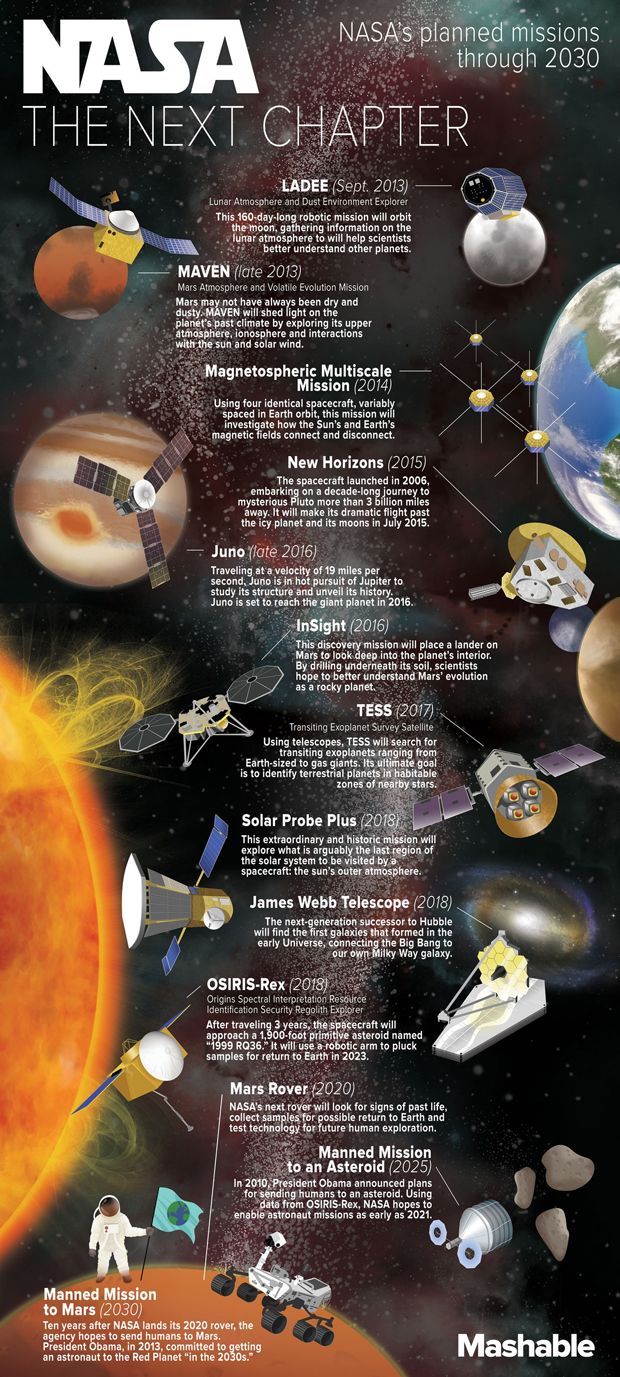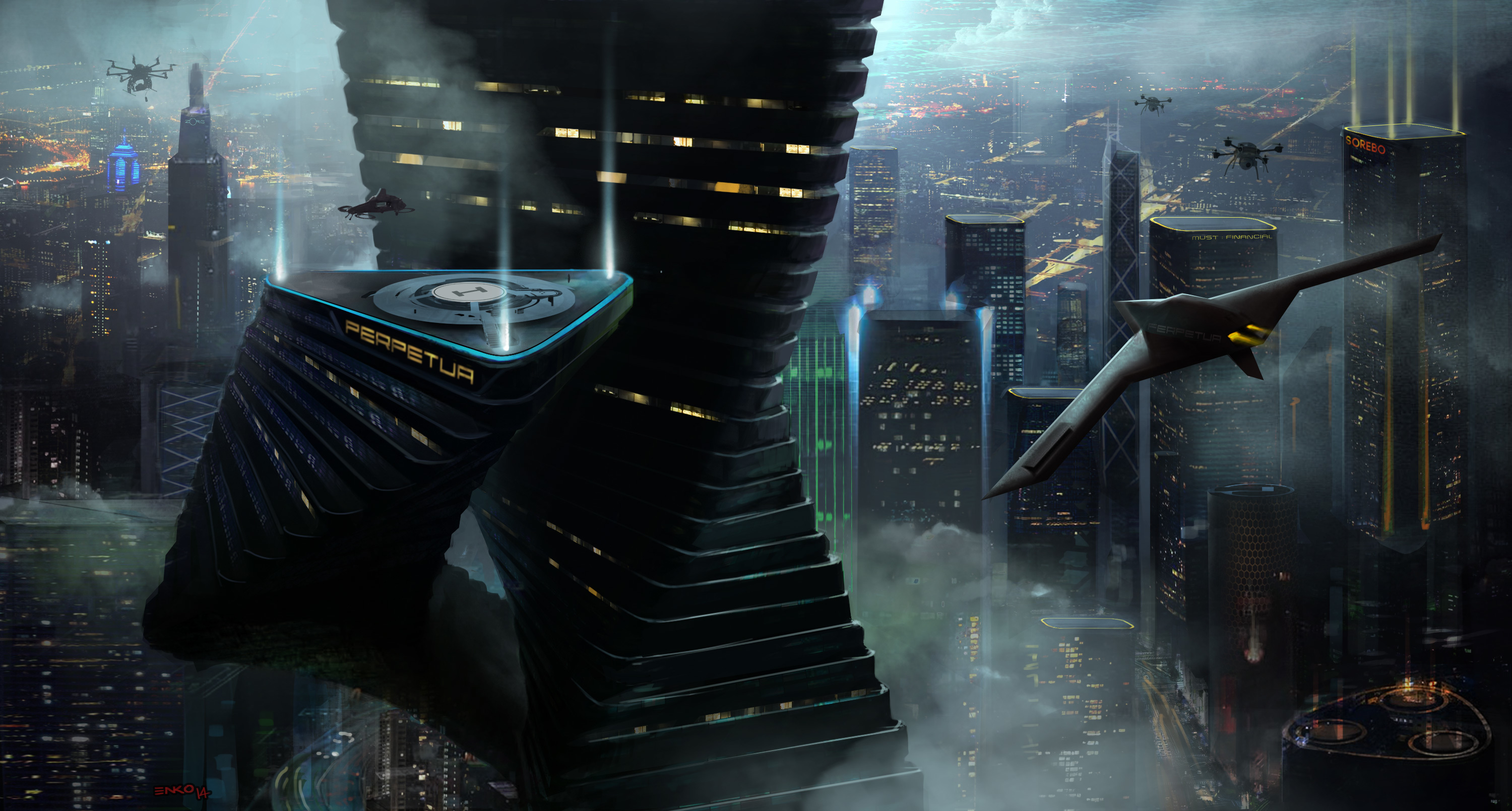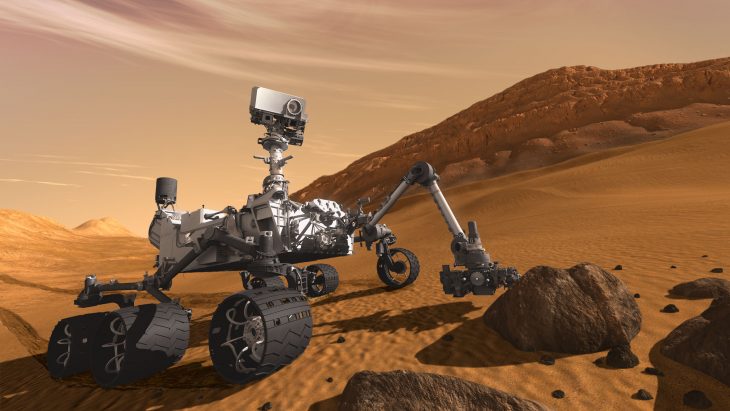වැස්ස වෙලාවට එලියට පැනලා කඩදාසි බෝට්ටුවක් යවන්න, කඩදාසි රොකට් එකක් අහසේ පාකරලා යවන්න, ඕන පොඩි කෙනෙක් කැමතියි.මේ ලිපිය කියවන ඔබටත් නිසැකවම මේ අත්දැකීම් ඇති. කඩදාසි විවිධ ආකාරයට නවමින් විසිතුරු නිර්මාණ සාදන මෙම “ඔරිගාමී” කලාවේ උපත 17 වන ශතකය වෙත දිවෙනවා. ඉතින් වසර 400ක් පමණ පැරණි මෙම “ඔරිගාමී” සංකල්පය නාසා ආයතනය විසින් තම නව අඟහරු ගවේෂණ PUFFER රොබෝව තැනීමට භාවිතාකරන බව ඔබ විශ්වාස කරනවාද? මාස කීපයකට පෙර නාසා ආයතනයේ මේ විප්ලවකාරී පියවර ගැන තොරතුරැ මාධ්යයට නිරාවරණය වෙනවා. Read More
Tag - NASA
NASA utilized satellite measurements of carbon dioxide to make a startling new 3D video that shows how the greenhouse gas travels through Earth’s atmosphere.
As per data released by NASA, Earths orbit is becoming quite a crowded place with over 500,000 pieces of debris. Most of these debris come about by used rocket stages, old satellites and fragments which have come apart from satellites. About 100 tonnes of debris will fall back to earth this year alone, although there are not many cases where falling debris have caused damages down below.
Apart from the useless 500,000 space debris, we have around 750 satellites orbiting earth and providing various services. Out of the total launched space satellites, Russia have launched the most number, with the US in second.
The below infographic provides more data on the debris and satellites orbiting earth. Infographic credits statista.com

To boldly go where no man has gone before….. might be the opener for Star Trek, but in the real world suits more with NASA(National Aeronautics and Space Exploration) who has made strides in space exploration in leaps and bounds. NASA is most famous for the Apollo Moon Landings, the SkyLab space station and the Space Shuttle. As today is the 55th Anniversary of NASA, lets take a look at the future plans of NASA in its space exploration bid, including its major target of landing a man on mars by 2030. Infographic credits to Mashable





